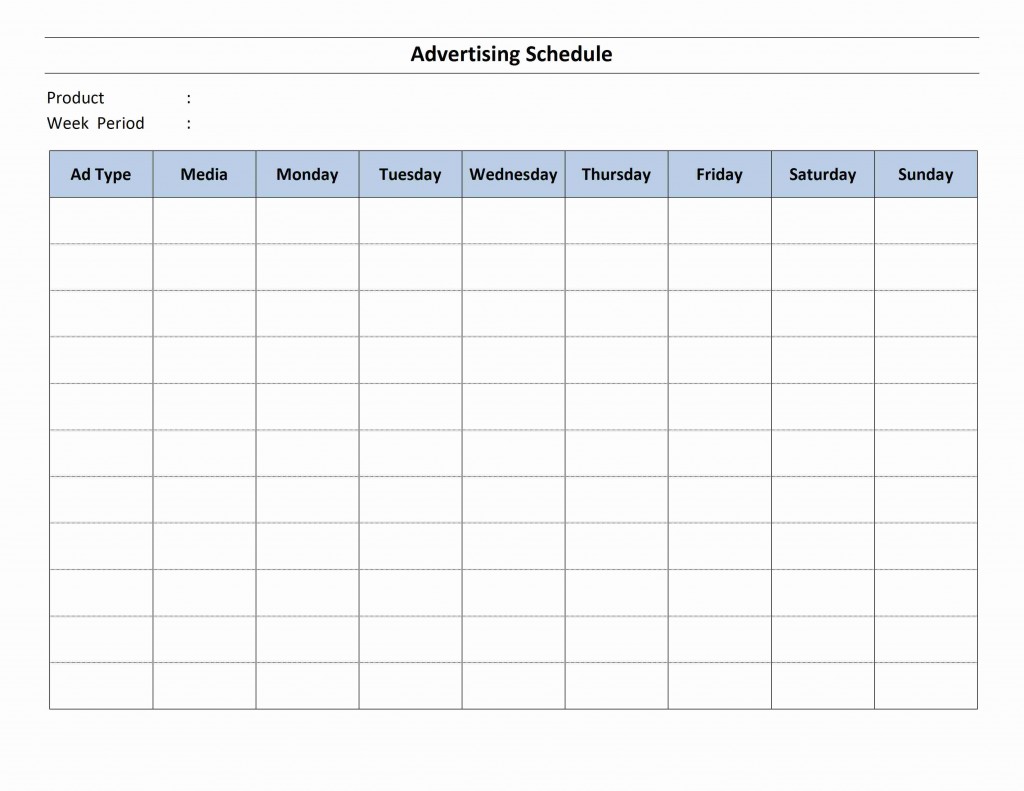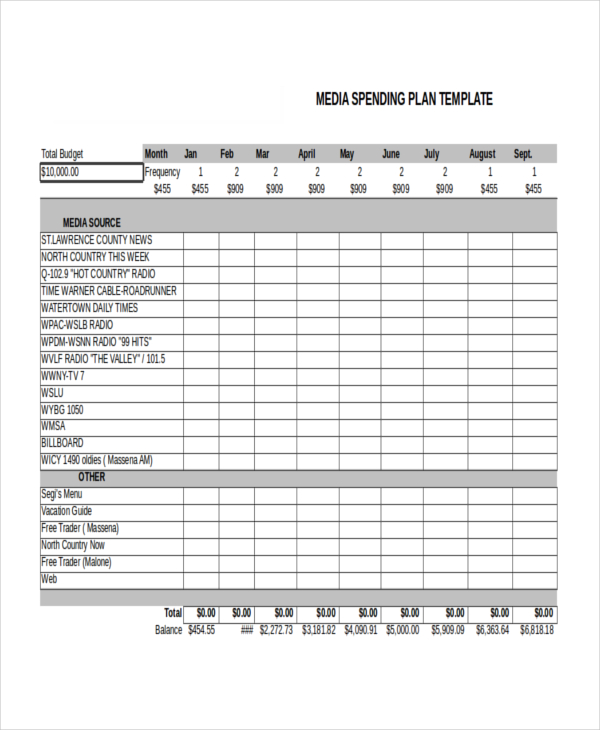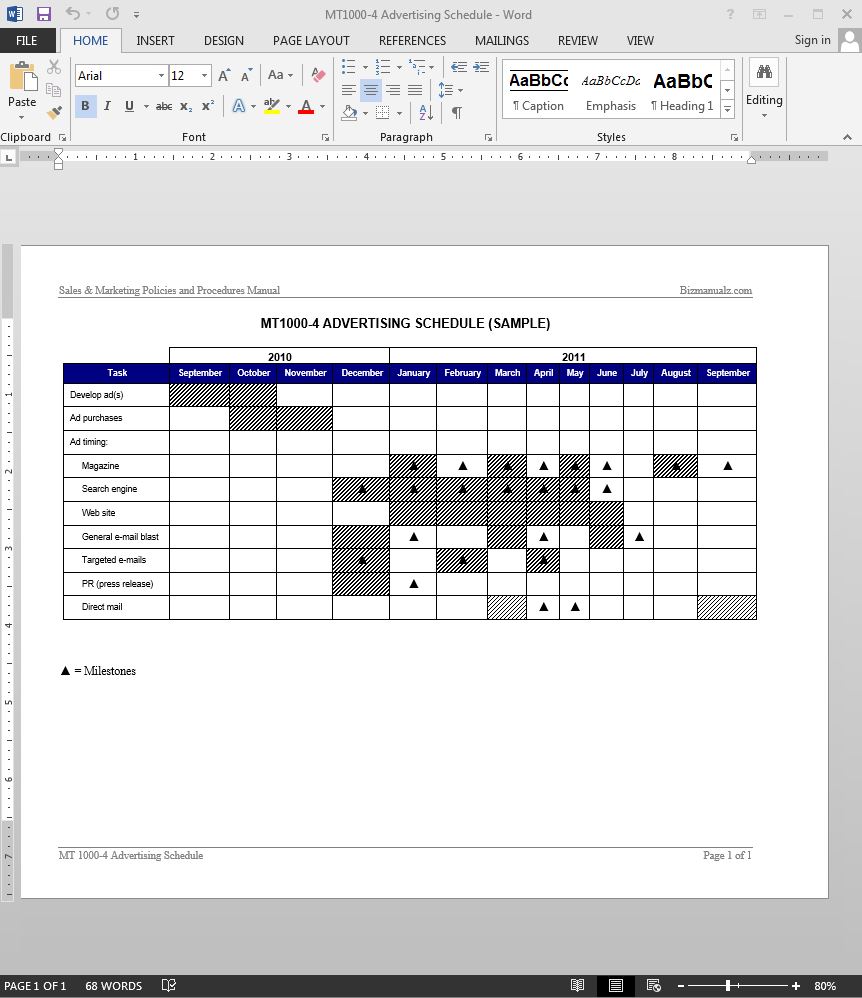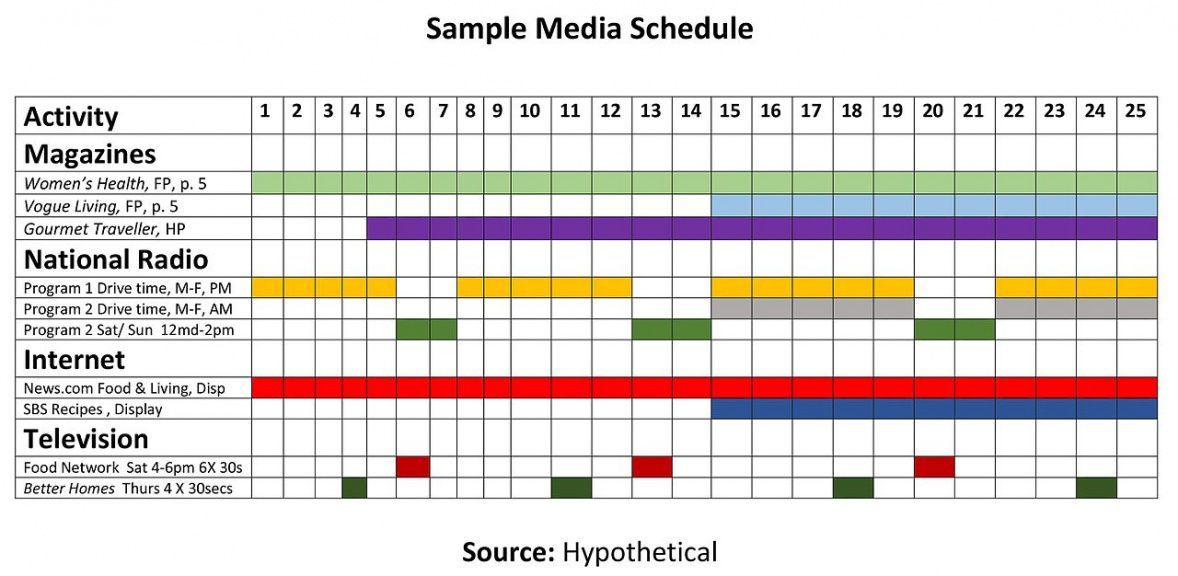
In today’s competitive advertising landscape, optimizing ad visibility and effectiveness is crucial by displaying ads at the most relevant times and days to the target audience. This helps improve budget efficiency, reduces ad fatigue, and enhances overall campaign performance. One effective way to achieve this is through an advertising schedule.
What is an Advertising Schedule?
An advertising schedule is a visual tool that allows advertisers to plan and organize their ad placements across different platforms, channels, and time slots. It helps in mapping out the most strategic times and days to display ads based on the target audience’s behavior, preferences, and online activities.
Creating an advertising schedule involves identifying the most optimal time slots for ad placements, scheduling ads to coincide with peak engagement periods, and monitoring the performance of each ad placement to make necessary adjustments for better results.
Why Use an Advertising Schedule?
Utilizing an advertising schedule offers several benefits for advertisers looking to optimize their ad visibility and effectiveness:
1. Improved Budget Efficiency: By strategically scheduling ad placements, advertisers can make the most out of their advertising budget by targeting the right audience at the right time.
2. Reduced Ad Fatigue: Avoid bombarding the audience with the same ads repeatedly by spreading out placements across different times and days.
3. Enhanced Campaign Performance: By analyzing the performance of each ad placement on the schedule, advertisers can make data-driven decisions to optimize their campaign for better results.
How to Create an Advertising Schedule
Creating an advertising schedule can be broken down into several steps:
1. Identify Your Target Audience: Understand your target audience’s demographics, behaviors, and preferences to determine the best times and days to reach them.
2. Research Peak Engagement Times: Analyze data from previous campaigns or industry research to identify peak engagement times for your target audience.
3. Map Out Ad Placements: Create a visual calendar or spreadsheet to map out the most strategic times and days for ad placements based on your research.
4. Schedule Ads Accordingly: Allocate ad placements across different platforms and channels to ensure maximum visibility and reach.
5. Monitor and Adjust: Continuously monitor the performance of each ad placement on the schedule and make necessary adjustments to optimize campaign performance.
Examples of Advertising Schedules
Here are a few examples of how an advertising schedule can look for different types of businesses:




Tips for Successful Advertising Schedules
To ensure the success of your advertising schedule, consider the following tips:
1. Stay Consistent: Stick to your schedule and avoid making last-minute changes unless necessary.
2. Test and Measure: Experiment with different ad placements and timings to see what works best for your target audience.
3. Stay Flexible: Be open to adjusting your schedule based on the performance data and feedback from your audience.
4. Track Results: Monitor the performance of each ad placement on the schedule to make data-driven decisions for future campaigns.
5. Collaborate: Work closely with your marketing team or agency to create a cohesive and effective advertising schedule.
By following these tips and creating a well-thought-out advertising schedule, you can optimize your ad visibility and effectiveness, ultimately leading to better campaign performance and ROI.
Advertising Schedule Template – Download